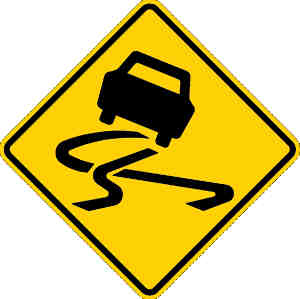Political violence insurance entering a ‘hard’ market – Allianz boss

“It was a soft market for about 15 years. After losses in South Africa in 2021, it levelled off from a rate and capacity perspective,” said Srdjan Todorovic, head of political violence and hostile environment solutions at AGCS.
“Following Ukraine, rates are increasing while appetite and capacity has shrunk. It’s not a fully hard market, but we are moving into a hard market.”
Todorovic encouraged brokers to take a more “targeted” approach, focused on unique exposures, to reduce or maintain premium spend for their clients.
“You can’t just pick a generic product off the shelf that carries a certain rate,” he said. “It may be that you look at exactly where your [client’s] bottlenecks are, and then you focus on buying insurance for that, or buying a bigger limit for something specific or certain locations rather than all of locations.”
Cost-of-living crisis to fuel further unrest
In a recent report, AGCS flagged a heightened risk of strikes, riots and civil unrest worldwide that would test business resilience this year.
Incidences of political violence have not only increased in recent years, but they have also grown more intense and destructive.
“Over the last 10 years, more people have taken to the streets,” said Todorovic. “Social media has played a big role in mobilising and uniting people on a particular topic. For that reason, we’ve seen these events increasing in scale. If they do turn to violence, which many don’t, events tend to be more catastrophic.”
The AGCS report highlighted five key risk drivers for strikes, riots, and civil commotion events in the next several years:
The cost-of-living crisis
Distrust of governments and institutions
Increasing polarisation
The rise in activism
Climate and environmental concerns
Of these risk factors, Todorovic cited the cost-of-living crisis as one to which brokers and businesses should pay particular attention. Though the Russia-Ukraine war was a major contributor to political violence risk last year, more than half of protests globally were triggered by economic issues.
Governments that handle the economic crisis better would see a lower risk of unrest, according to Todorovic. Strong governance will also be key to managing polarisation in politics and social injustices that drive increased activism.
“Ultimately, this is strongly linked to governments and their ability to soften the blows of inflation for their citizens,” he told Insurance Business.
“You’ll find that countries that deal best are the ones that have deeper pockets, that have more sound economic policies, and arguably ones that have stable governments.”
Regions that have more exposure include the central and southern Americas, the Middle East, and North Africa. But Western democracies are also not excluded from concerns, Todorovic warned.
Recent flashpoints, such as police brutality, the Yellow Vest protests, and the Black Lives Matter movement, have caused significant business interruption losses and property damage.
Helping clients with geography and industry exposures
Amid the increased risk of political violence and unrest worldwide, brokers must understand where their clients’ businesses fall on the risk spectrum.
“Insurance is for some absolute necessity, maybe less for others, depending on their geographic spread,” said Todorovic.
“For a client with a single location site, you probably need to look at whether the type of industry they operate in is more exposed to SRCC [strikes, riots, and civil commotion] events. If they’re an oil gas major, they may be more prone to environmental protests.”
On the other hand, businesses could be in relatively benign industries but have a higher exposure geographically. Todorovic also encouraged brokers and clients to work closely with underwriters to identify bottleneck areas in their supply chain.
“It could be that you have 10 sites that are all in rural America or Canada, and then you have one site in Mexico, which might be a bit more exposed to the violence. That risk driver may be your bottleneck,” he said.
“You need to understand your supply chains as best as possible because that is ultimately what drives a lot of disturbance in production or servicing. We would encourage that business strategy for the continuity of supply chains is examined.”
Finally, site security is a key part of risk management. Business leaders must ensure there are adequate security measures in place for sites with geographic exposures or to make strategic decisions to reduce the impact of commotion and violence.
“If you’re a retailer, it’s about minimising the risk of looting or similar impact on your business by keeping a smaller inventory at particular stores or warehouses,” said Todorovic.
What are your thoughts on this story? Share them in the comments below.






